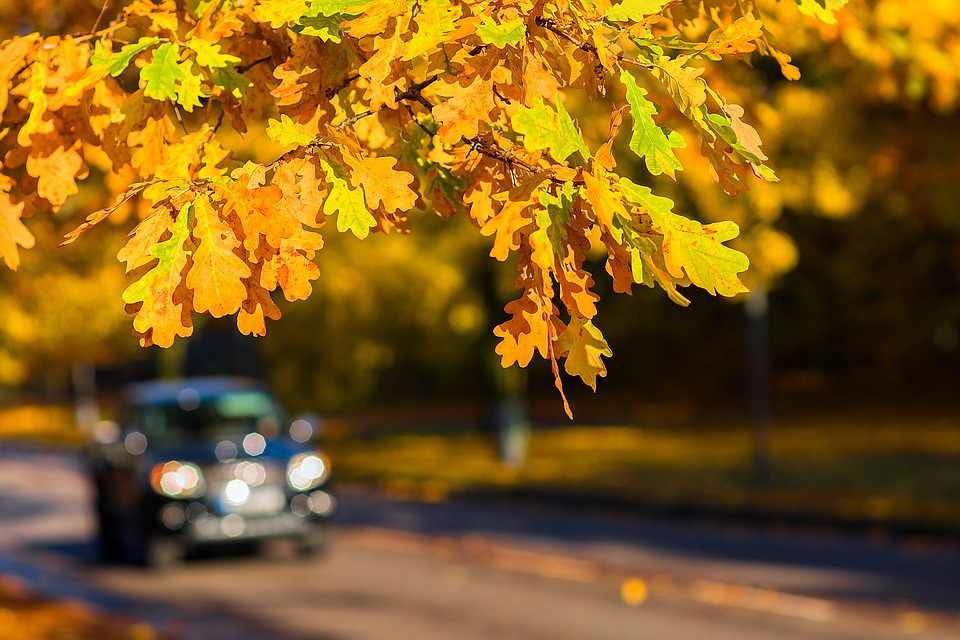As the end of summer approaches and we move into fall, there are some important things you should tend to in order to be best prepared for colder weather.
Having an automotive problem is never fun at any time of year, but it can be especially difficult in colder, harsher weather conditions. To keep you and your passengers safe and comfortable, performing some routine maintenance and preemptively checking for any possible issues is essential. We have comprised a list of some of the more vital things to check off your end of summer car care list.
Tires:
Changes in temperatures can cause your tire pressure to fluctuate greatly – every 10 degree change is equivalent to +/- 1 PSI. Maintaining proper tire pressure is crucial to your vehicle’s handling, fuel economy, and tread wear.
Check your tire treads. The tread depth of your tires needs to be at least 2/32″. Have your tires rotated if appropriate. If your tread is worn, or you will need to change your seasonal tires, now is a great time to do so. Don’t forget to check the condition of your spare tire (and jack).
Battery:
Typically, a battery can last up to 5 years, but hotter summer temperatures can cause your battery’s fluids to evaporate more quickly, which can lead to corrosion, or not holding a charge. Have your battery’s fluid levels checked, and cleaned if you see signs of rust, corrosion, or oxidation.
Cooling System:
Excess heat also makes your coolant evaporate more quickly. You’ll want to have your radiator and cooling system checked for any cracks or leaks, and flushed or filled if necessary.
Wipers:
Check your wiper blades for cracks or damaged rubber. If your windshield wipers are more than 6 months old, or if you live in an area with harsher winter weather, fall is the best time to replace your wiper blades, so you’ll be prepared in advance of that first storm.
Heater:
Cooler weather means turning off the A/C and kicking on the heat instead. Have your heating system checked to be sure everything is in good working order so you won’t get caught in the cold.
Headlights:
Be sure all your lights are working, and replace any blown bulbs. Gently clean the headlights with a damp cloth for best visibility.
Oil Change:
Oil changes should be performed about every 3,000 miles, or as often as your manufacturer recommends. If your oil change is due, it’s a good idea to have it done in conjunction with other checks to avoid another trip to the mechanic later. Any noticible change in how your vehicle runs or handles should be addressed now as well as the problem will only get worse with the onset of colder weather.
Supplies:
Check your emergency kit and be sure it contains essentials such as flashlights with batteries, flares, blankets, and a first aid kit. Store windshield washer fluid and an ice scraper in your vehicle. Spare gloves some sand or cat litter (for traction in case you get stuck as well as extra weight for handing) could come in handy as well.

